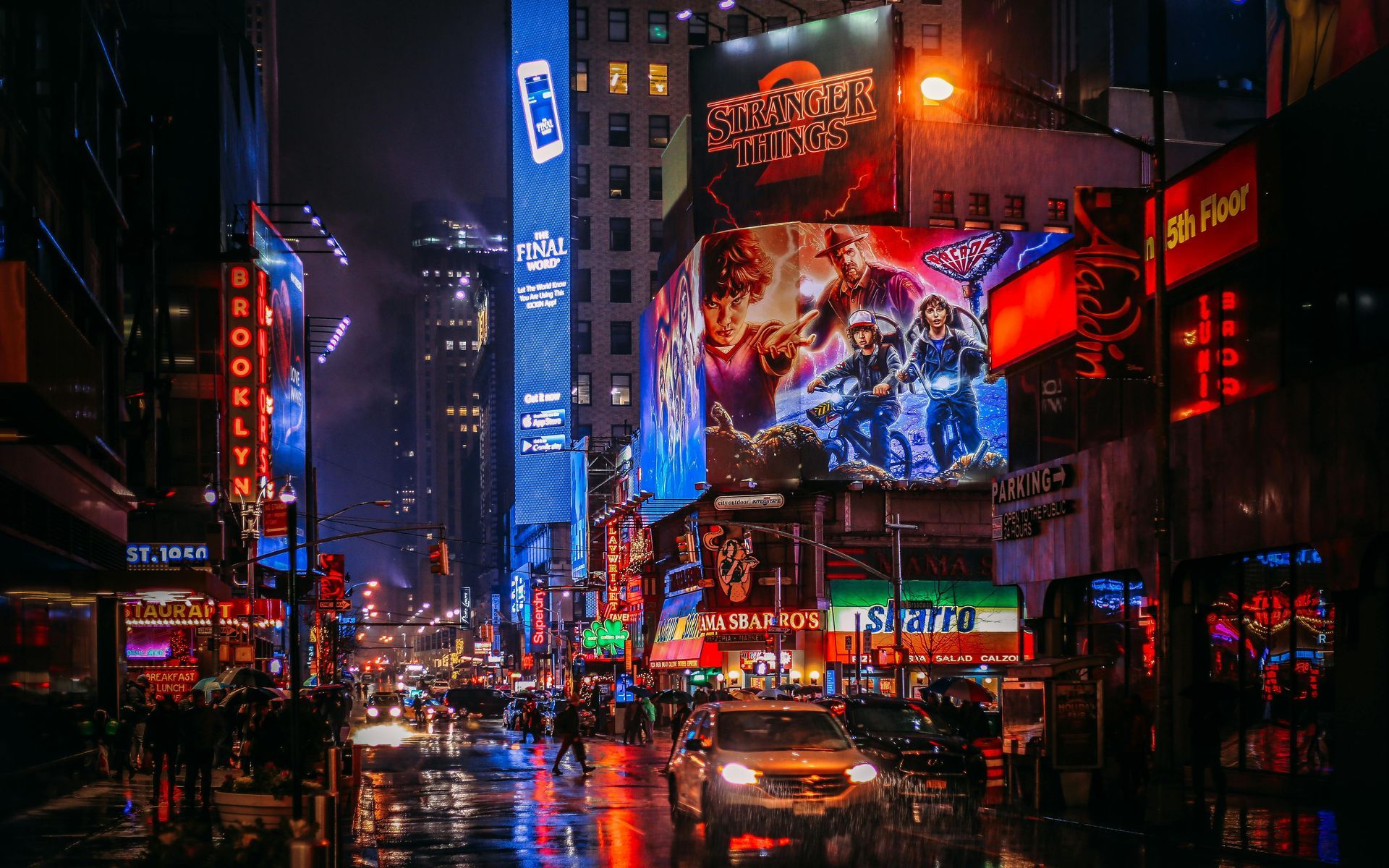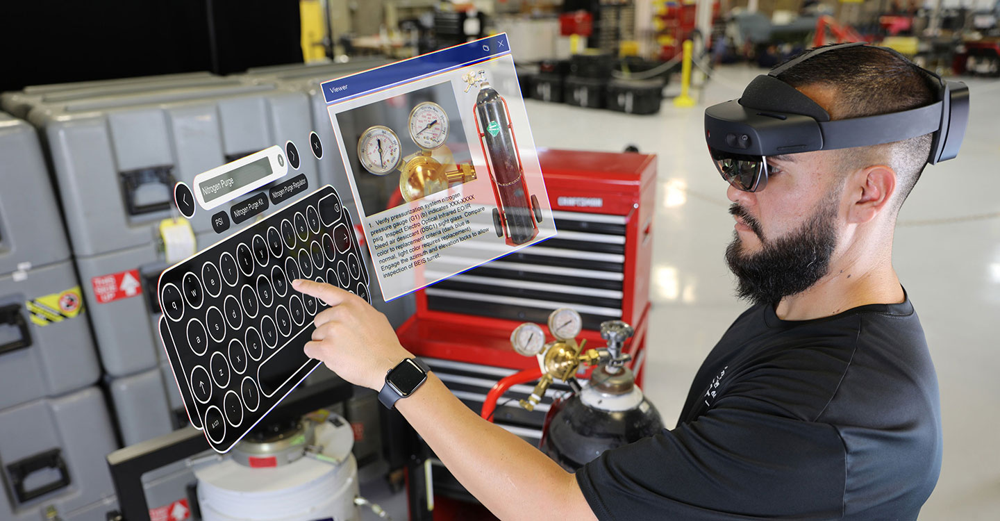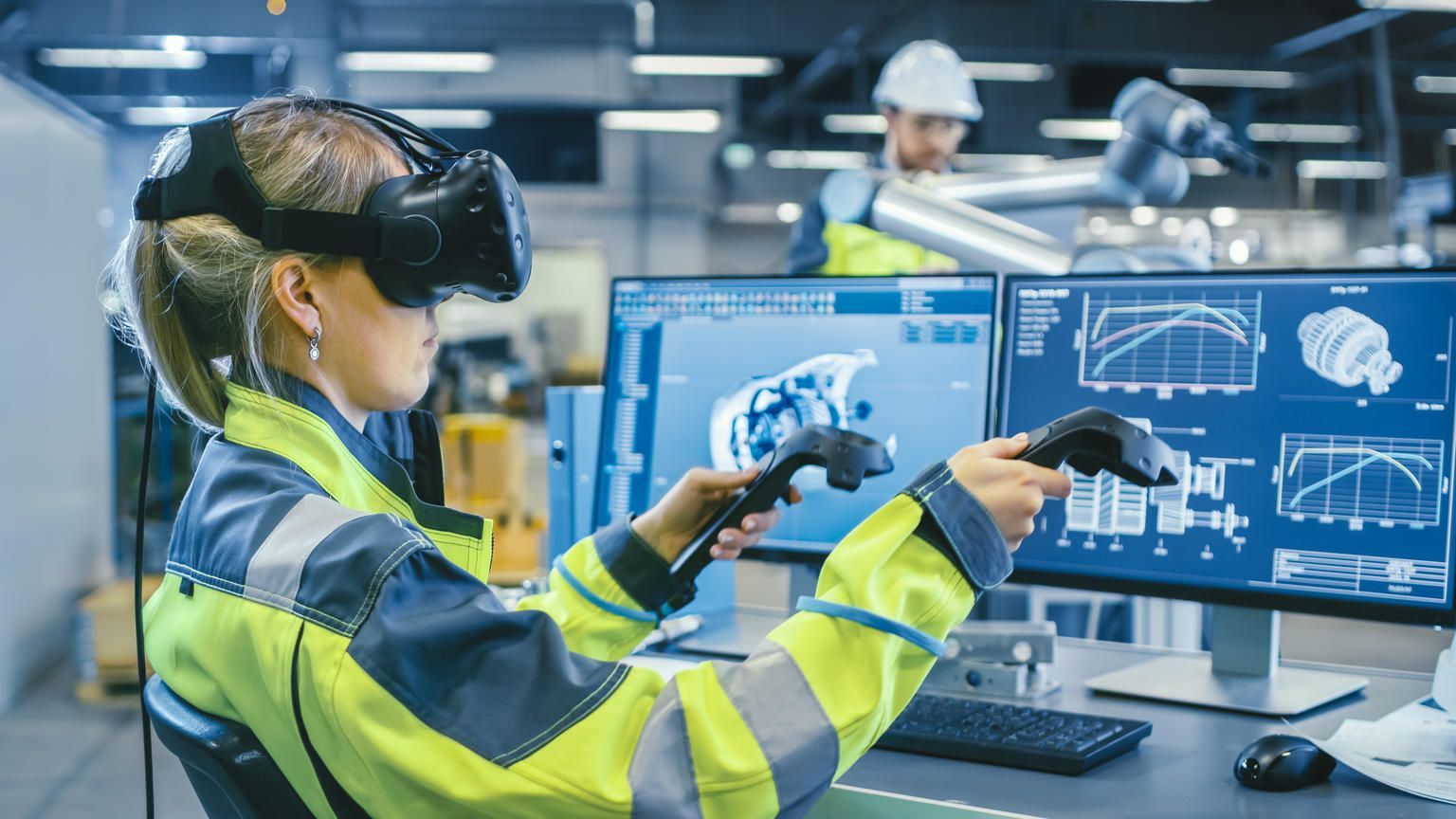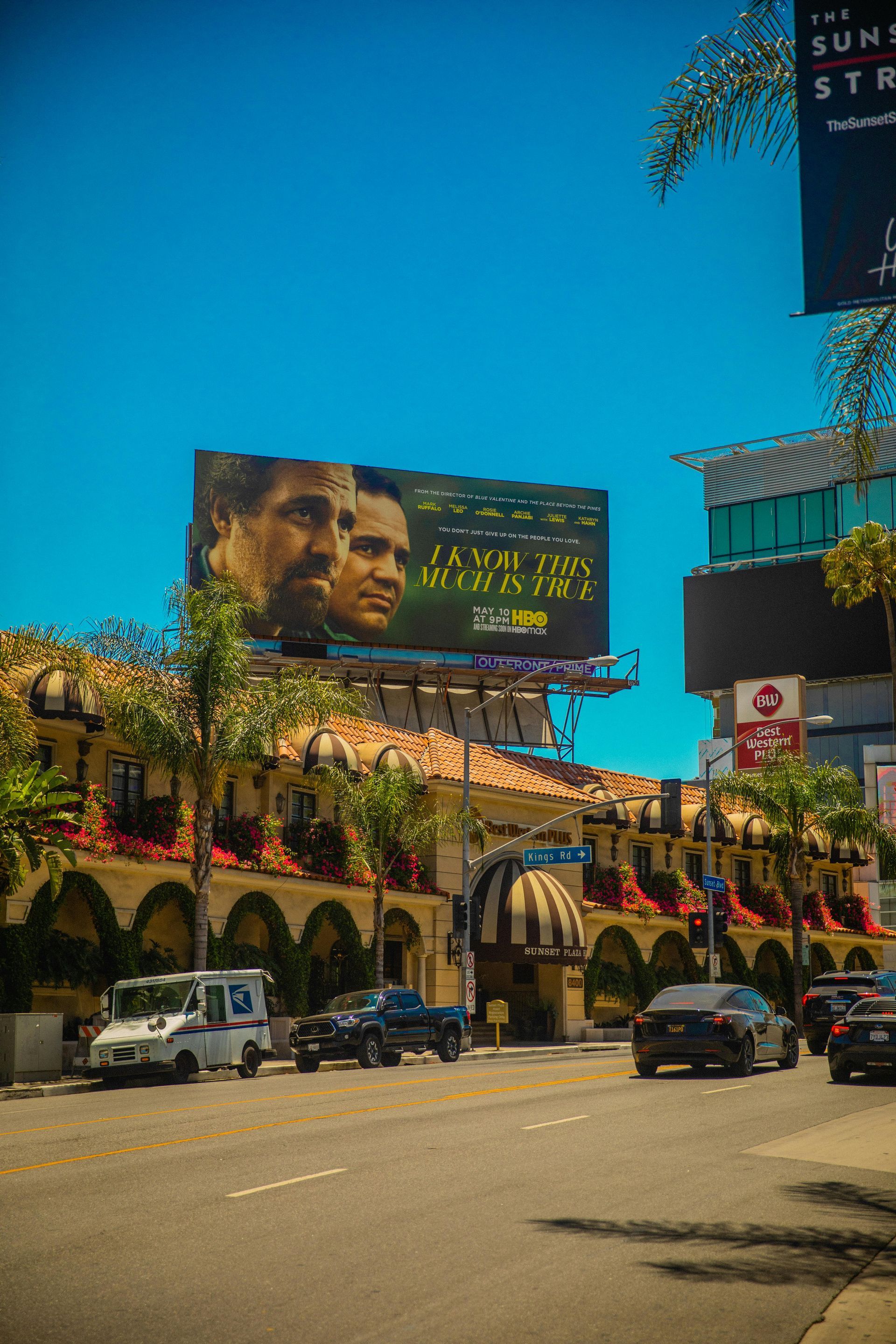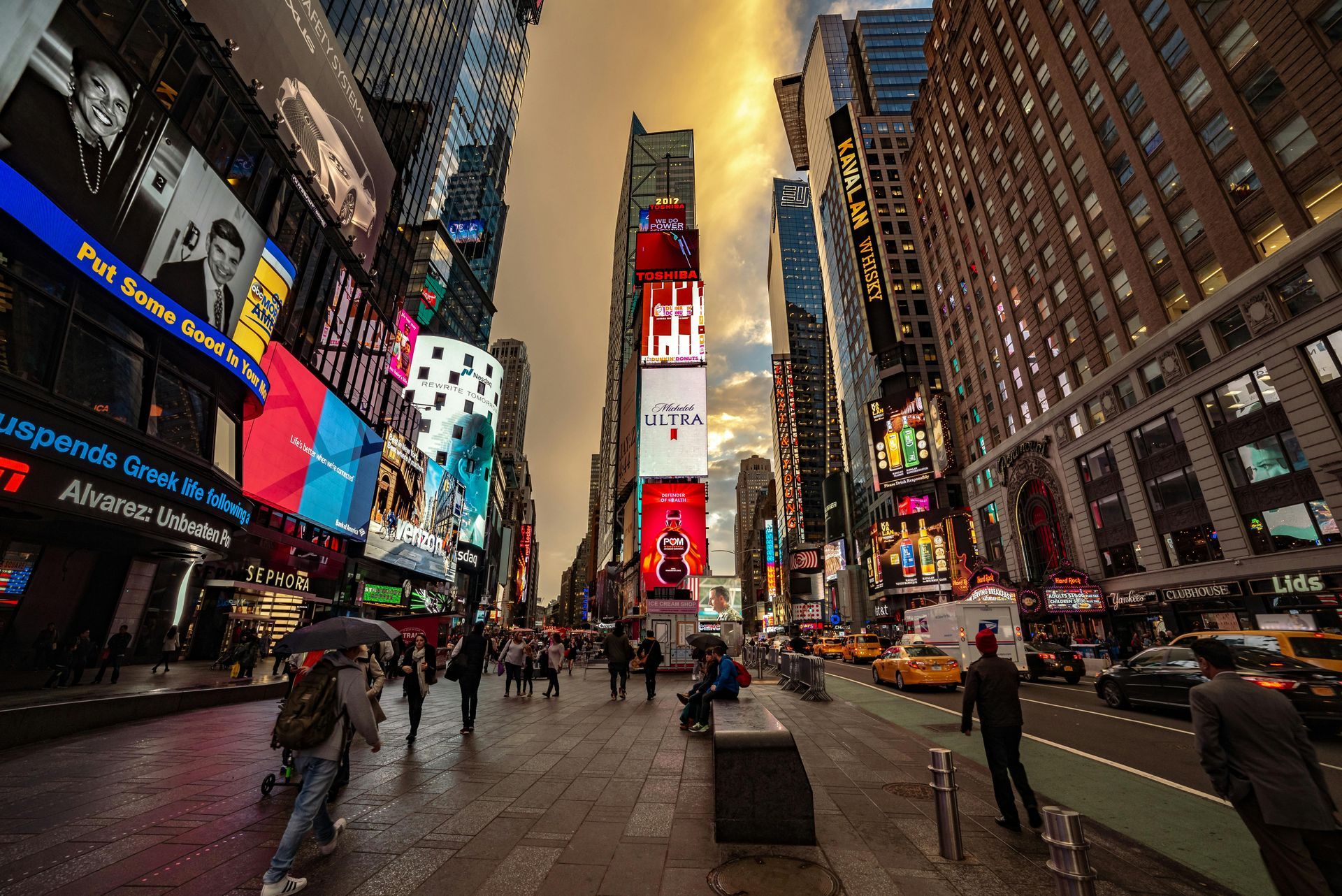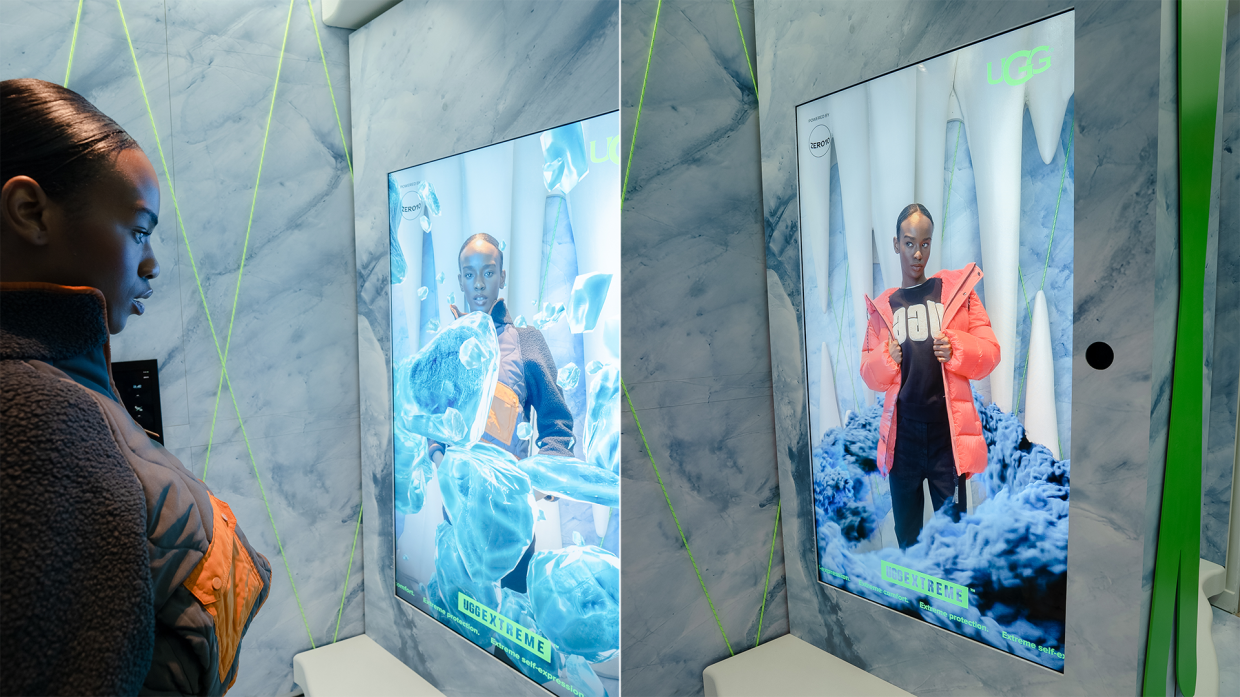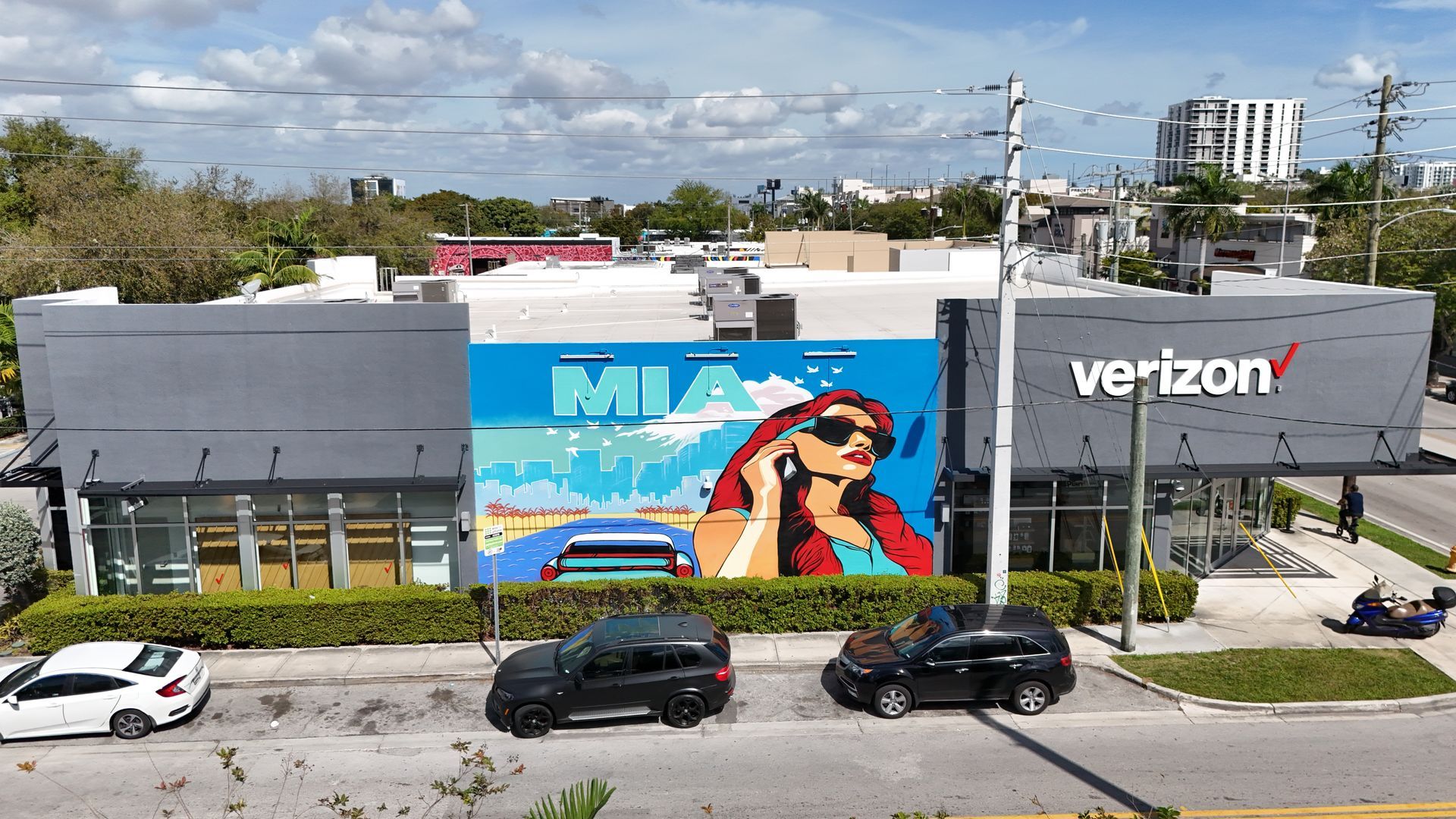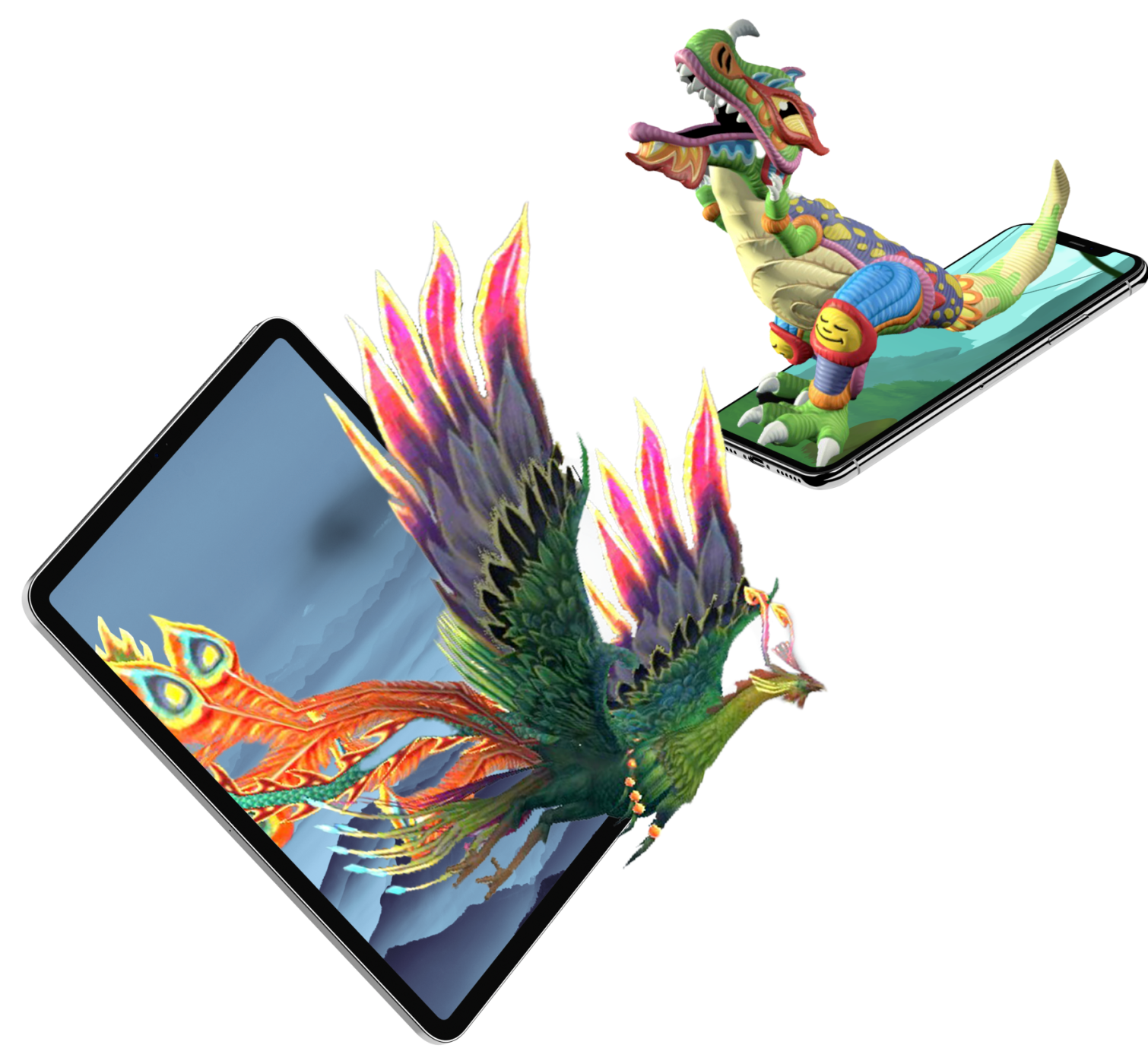Augmented Reality Restaurant Experiences Examples

The restaurant industry is always on the lookout for innovative ways to enhance the customer experience. One of the most exciting developments in recent years is the integration of augmented reality (AR) technology. In this article, we'll explore various examples of how AR is revolutionizing the dining experience, making it more interactive, informative, and engaging.
The Benefits of Augmented Reality in Restaurants
The integration of AR technology in restaurants offers numerous benefits, including:
- Enhanced customer engagement
- Personalized dining experiences
- Better-informed decision-making
- Increased customer satisfaction
- Increased revenue potential
Examples of Augmented Reality in Restaurants
Here are some compelling examples of how restaurants are using AR technology to create unforgettable dining experiences.
Interactive Menus
Gone are the days of static paper menus. With AR, restaurants can create interactive menus that allow customers to visualize dishes before they order. By simply pointing their smartphones at the menu, diners can see 3D models of dishes, read detailed descriptions, and even watch videos of chefs preparing the meal. This not only provides a more engaging experience but also helps customers make more informed choices.
Augmented Reality Wine Lists
Choosing the perfect wine to complement a meal can be daunting for many diners. AR-enabled wine lists can offer valuable guidance by providing detailed information about each wine, including tasting notes, pairing suggestions, and even virtual vineyard tours. This adds an educational and entertaining element to the wine selection process, ensuring diners feel confident in their choices.
Virtual Chef Demonstrations
AR technology can bring the expertise of world-class chefs directly to the diner's table. By scanning a QR code or using image recognition, customers can watch virtual demonstrations of chefs preparing their meal, offering insights into ingredients, techniques, and the story behind the dish.
Augmented Reality Tabletop Games
To keep customers entertained while they wait for their meal, some restaurants offer AR-enabled tabletop games. These games can be played by multiple players and often involve interaction with virtual characters or objects, creating a fun and social dining experience.
Enhanced Dining Experiences with AR Art
AR can also be used to transform the restaurant's ambiance by overlaying digital art and animations onto the physical space. These immersive experiences can be themed around the restaurant's cuisine, creating a unique atmosphere that transports diners to another place or time. Additionally, AR art installations can be interactive, allowing customers to engage with the art in new and exciting ways.
Virtual Tours
Restaurants can use AR technology to offer virtual tours of their establishment, giving potential customers an immersive preview of the dining experience. This can be especially useful for high-end or specialty restaurants, where diners may want to know more about the ambiance, menu, and overall experience before committing to a reservation.
Implementing Augmented Reality in Your Restaurant
If you're considering integrating AR technology into your restaurant, here are some steps to help you get started:
Choosing the Right AR Technology
There are several AR platforms available, each with its own features and capabilities. Research the options and choose the one that best suits your restaurant's needs and budget. Some popular options include Apple's ARKit, Google's ARCore, and Unity's AR Foundation.
Developing Custom AR Experiences
Once you've chosen a platform, you'll need to develop custom AR experiences for your restaurant. This can involve hiring an AR development company, partnering with an existing AR solution provider, or developing the experiences in-house if you have the necessary expertise. When creating your AR experiences, focus on enhancing the customer experience and providing value that sets your restaurant apart.

In conclusion, augmented reality offers exciting possibilities for the restaurant industry, providing unique and engaging dining experiences that delight customers and keep them coming back for more. From interactive menus and wine lists to virtual chef demonstrations and immersive art installations, there's no limit to the creativity and innovation that AR can bring to the table.
FAQs
Is augmented reality expensive to implement in a restaurant?
The cost of implementing AR in a restaurant depends on factors such as the platform chosen, the complexity of the AR experiences, and whether you choose to develop the experiences in-house or hire an external company. However, the investment can result in increased customer satisfaction, repeat business, and higher revenue.
Will customers need special equipment to experience AR in a restaurant?
Most AR experiences can be accessed using smartphones or tablets, which most customers already own. Some experiences may require customers to download an app, while others can be accessed through a web browser.
How does augmented reality differ from virtual reality?
While both AR and VR offer immersive experiences, they differ in how they achieve this. Augmented reality overlays digital content onto the real world, while virtual reality transports users into a completely digital environment.
Is AR technology only suitable for high-end or specialty restaurants?
No, AR technology can be adapted for a wide range of restaurant types and budgets. From casual eateries to fine dining establishments, AR can enhance the dining experience for all customers.
How can I keep my AR experiences up-to-date and relevant for my customers?
Regularly review and update your AR content to ensure it remains engaging and valuable to your customers. This may involve adding new menu items, updating wine lists, or refreshing the visual elements of your AR experiences.
TALK TO A PRO
We're here to bring your brand to life!
Stay Connected with BrandXR
Create Augmented Reality for Free!
Create, Publish, and Measure 3D Augmented Reality Experiences Without Having to Code.
